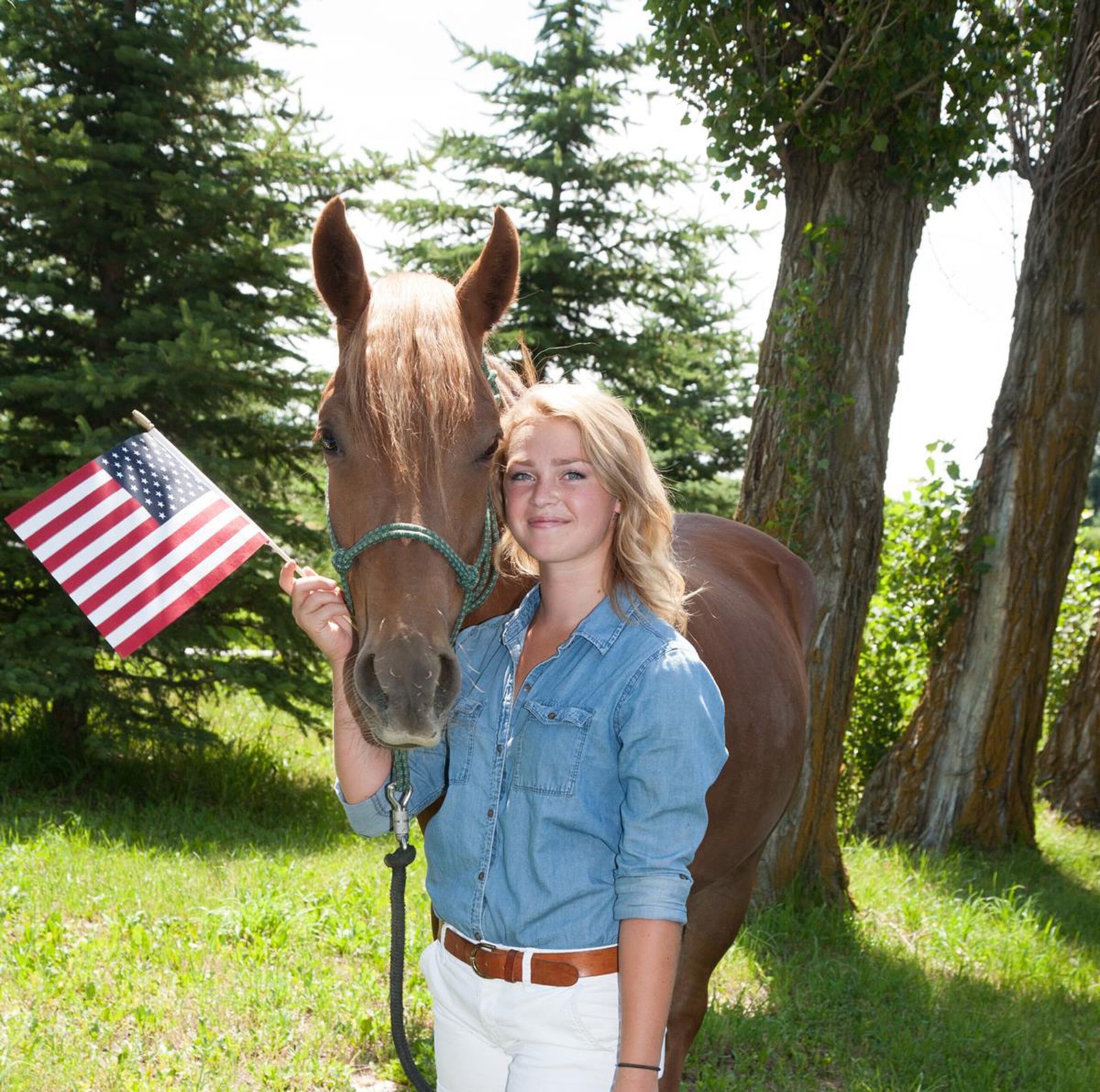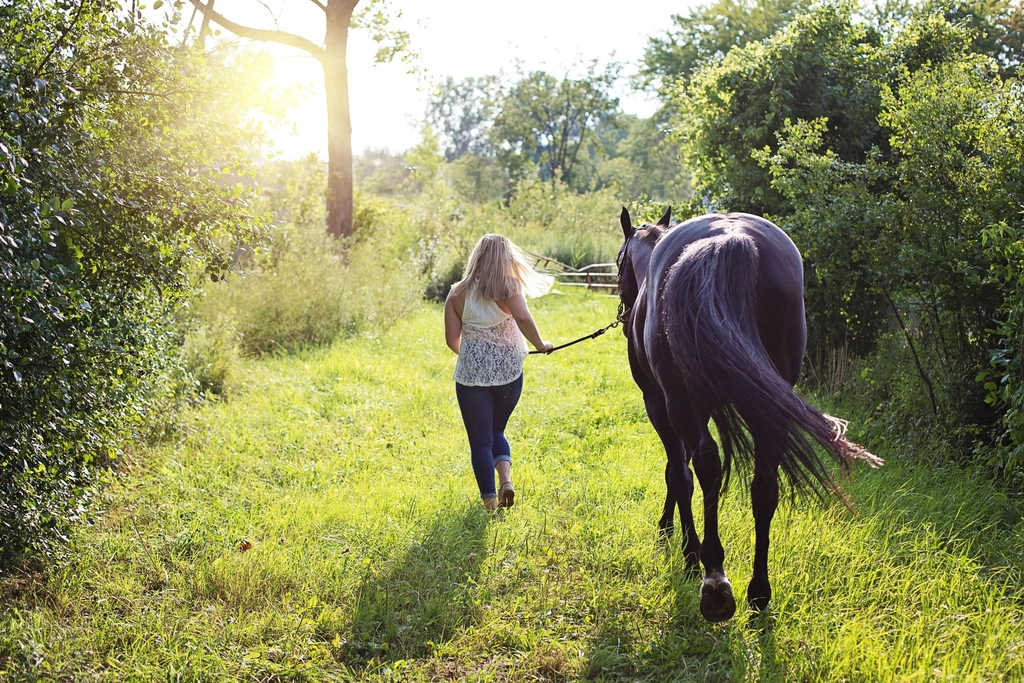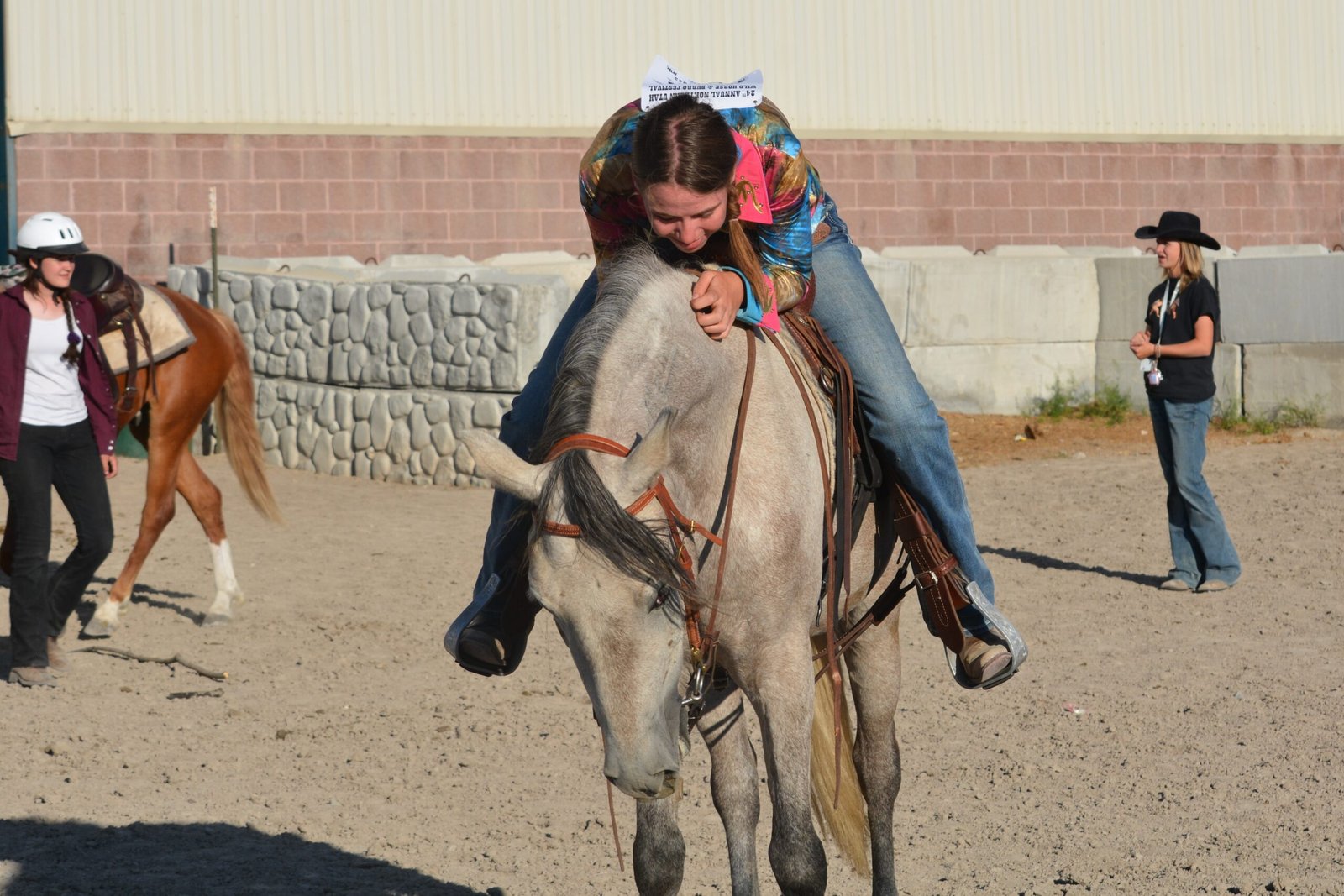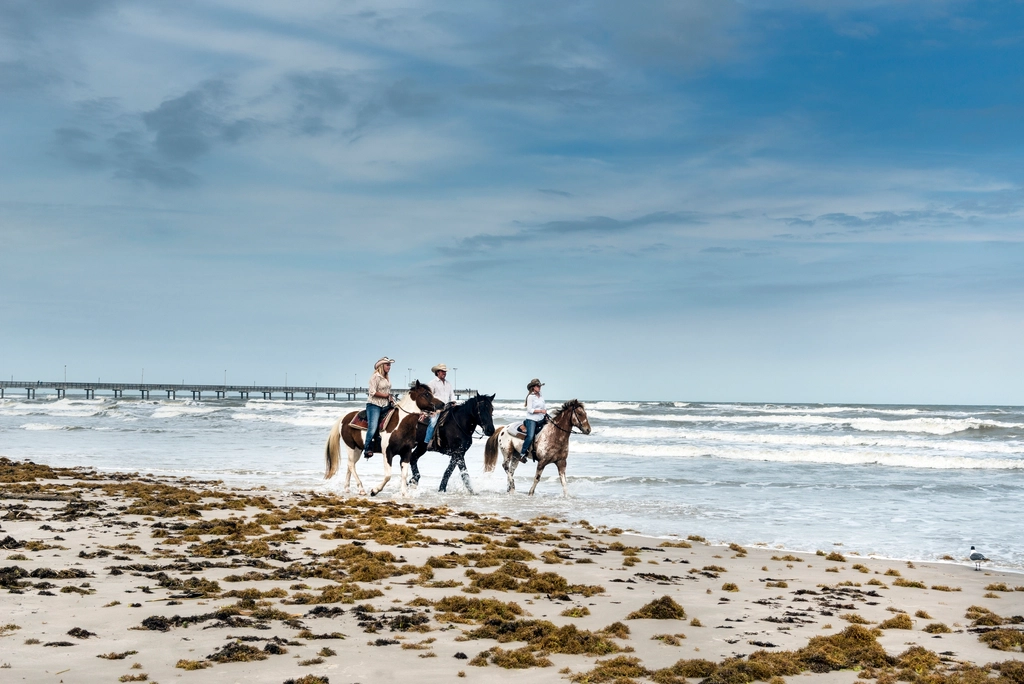Forming a bond with a horse is a unique journey filled with moments of joy and challenge. For horse lovers, this connection is not just about riding or training—it’s about forming a relationship built on trust, respect, and understanding. However, like any meaningful relationship, bonding with a horse can have its difficulties. Some horses may be naturally wary, while others require extra patience and consistency to build trust. By recognizing these challenges and approaching them with care, you can create a deep, lasting partnership that goes beyond the saddle. Understanding these challenges and learning how to overcome them can lead to a rewarding and fulfilling relationship.
Understanding the Nature of Horses
Horses are prey animals by nature. This means they are naturally cautious and have a strong flight instinct. Understanding this aspect of their nature is crucial when trying to bond with them. Horses rely heavily on their instincts to keep themselves safe, which can sometimes make them seem skittish or untrusting. By appreciating their perspective, you can approach interactions with patience and empathy. Remember, for a horse, trust is earned, not given. It’s like a dance where you lead with gentle steps, allowing them to follow at their own pace.
The Challenge of Communication
One of the hardest parts of bonding with a horse is the language barrier. Horses communicate primarily through body language, while humans rely on verbal communication. This discrepancy can lead to misunderstandings and frustration on both sides. To bridge this gap, you must become fluent in “horse speak.” This involves learning to read their body signals, such as the position of their ears, tail, and body posture. Just as you would learn a foreign language, immersing yourself in their world helps you communicate more effectively. Over time, you’ll find a rhythm that allows for a smoother connection.
Building Trust Takes Time

Trust is a cornerstone of any relationship, and with horses, it is no different. However, trust doesn’t happen overnight. It requires time, consistency, and positive experiences. When you first meet a horse, they may be wary of your intentions. It’s essential to approach them with calmness and predictability. Think of it like building a bridge; each positive interaction is a brick that strengthens your connection. Over time, these bricks form a solid foundation of trust that will support a lasting bond.
Overcoming Fear and Anxiety

Both horses and humans can experience fear and anxiety, which can be barriers to bonding. Horses, due to their prey instincts, can be particularly sensitive to new environments or experiences. Similarly, humans may feel anxious around such large animals. It’s important to address these fears openly. For horses, exposure to new situations in a controlled manner can help reduce anxiety. For humans, education and practice can build confidence. Facing these fears together can strengthen your relationship, turning moments of uncertainty into shared victories.
Consistency is Key

Horses thrive on routine and consistency. Inconsistencies in your behavior or schedule can confuse and unsettle them. Establishing a consistent routine helps your horse feel secure and builds a sense of reliability in your relationship. Whether it’s feeding times, grooming sessions, or training exercises, sticking to a predictable schedule can make a significant difference. Imagine consistency as a comforting lullaby that reassures your horse, encouraging them to let their guard down and trust you more.
Patience is a Virtue

Patience is crucial when bonding with a horse. Horses move at their own pace, and rushing the process can lead to setbacks. It’s important to remember that every horse is unique, with its own personality and past experiences. Some may warm up to you quickly, while others might take more time. Patience is the gentle hand that guides your horse through their journey with you. By allowing them the space they need, you show them that their feelings are respected, enhancing your bond.
Respecting Personal Space

Just like humans, horses have personal boundaries. Respecting a horse’s personal space is vital to building a trusting relationship. Approaching a horse too quickly or invading their space can make them feel threatened. Always approach a horse calmly and allow them to come to you on their terms. This respect for their space is a powerful message that you’re a friend, not a threat. It’s akin to knocking on a closed door, waiting for the invitation to enter.
Developing a Mutual Understanding
Bonding with a horse is a two-way street. It’s about developing a mutual understanding where both parties feel heard and respected. This involves being attentive to your horse’s needs and responses. Over time, you’ll learn what makes your horse comfortable, what they enjoy, and what may cause them stress. This understanding fosters a deeper connection, as your horse begins to see you as a partner who genuinely cares about their well-being.
Incorporating Positive Reinforcement

Positive reinforcement is a powerful tool in building a bond with your horse. Rewarding good behavior with treats, praise, or extra grooming time can encourage your horse to associate you with positive experiences. This approach helps to build trust and confidence, as your horse learns that being around you leads to pleasant outcomes. It’s like rewarding a friend for their kindness, reinforcing the idea that mutual respect and kindness are valued in your relationship.
The Joy of Shared Experiences

Finally, one of the most rewarding aspects of bonding with a horse is sharing experiences together. Whether it’s a leisurely trail ride, a fun grooming session, or simply spending quiet time in the pasture, these moments strengthen your connection. Shared experiences create memories and deepen the emotional bond between you and your horse. It’s in these moments that you truly realize the beauty of the relationship—a partnership built on trust, understanding, and love.
In conclusion, bonding with a horse is indeed a journey filled with challenges, but it is also one of the most rewarding experiences for any horse lover. By understanding and addressing the obstacles, you can build a relationship that is not only strong but also fulfilling for both you and your equine companion.

Andrew Alpin from India is the Brand Manager of Doggo digest. Andrew is an experienced content specialist and social media manager with a passion for writing. His forte includes health and wellness, Travel, Animals, and Nature. A nature nomad, Andrew is obsessed with mountains and loves high-altitude trekking. He has been on several Himalayan treks in India including the Everest Base Camp in Nepal.






